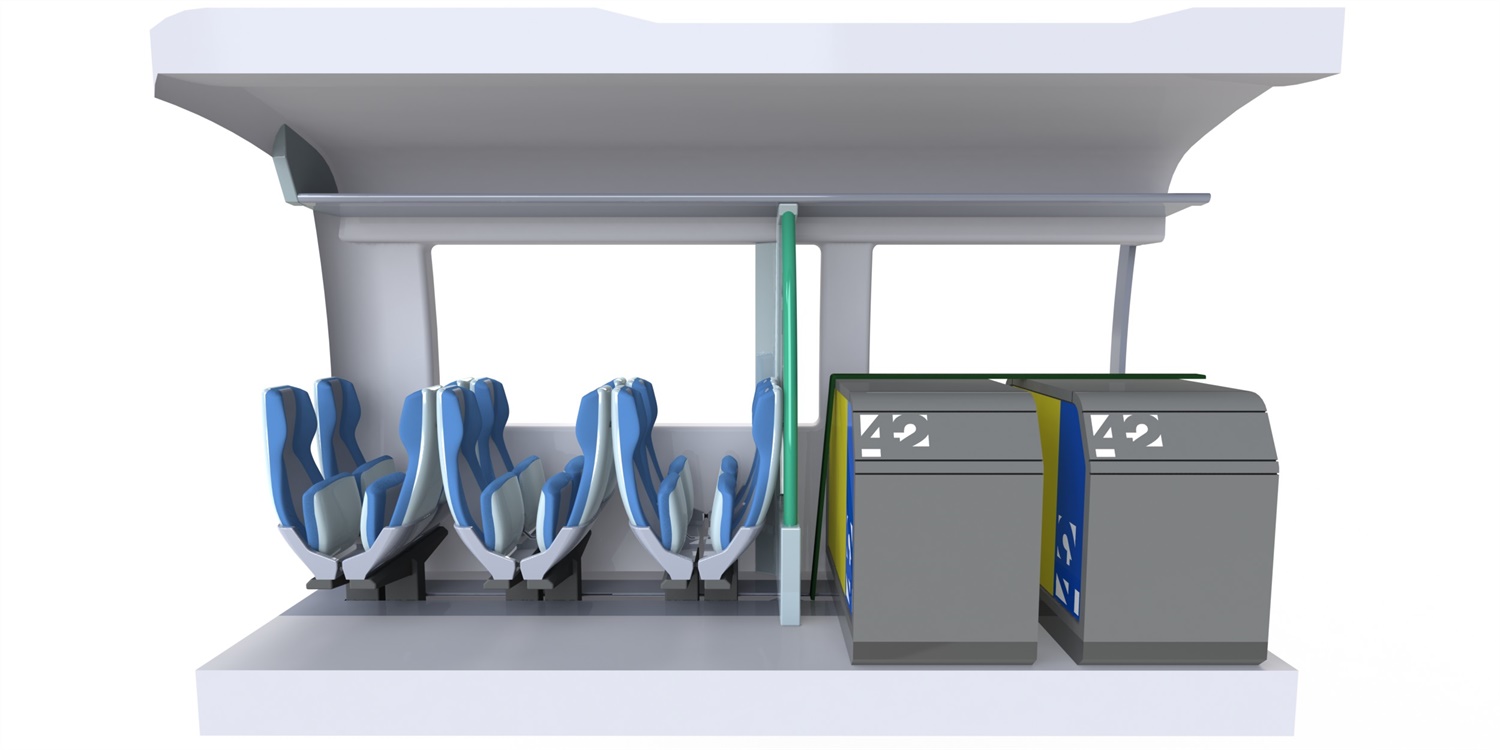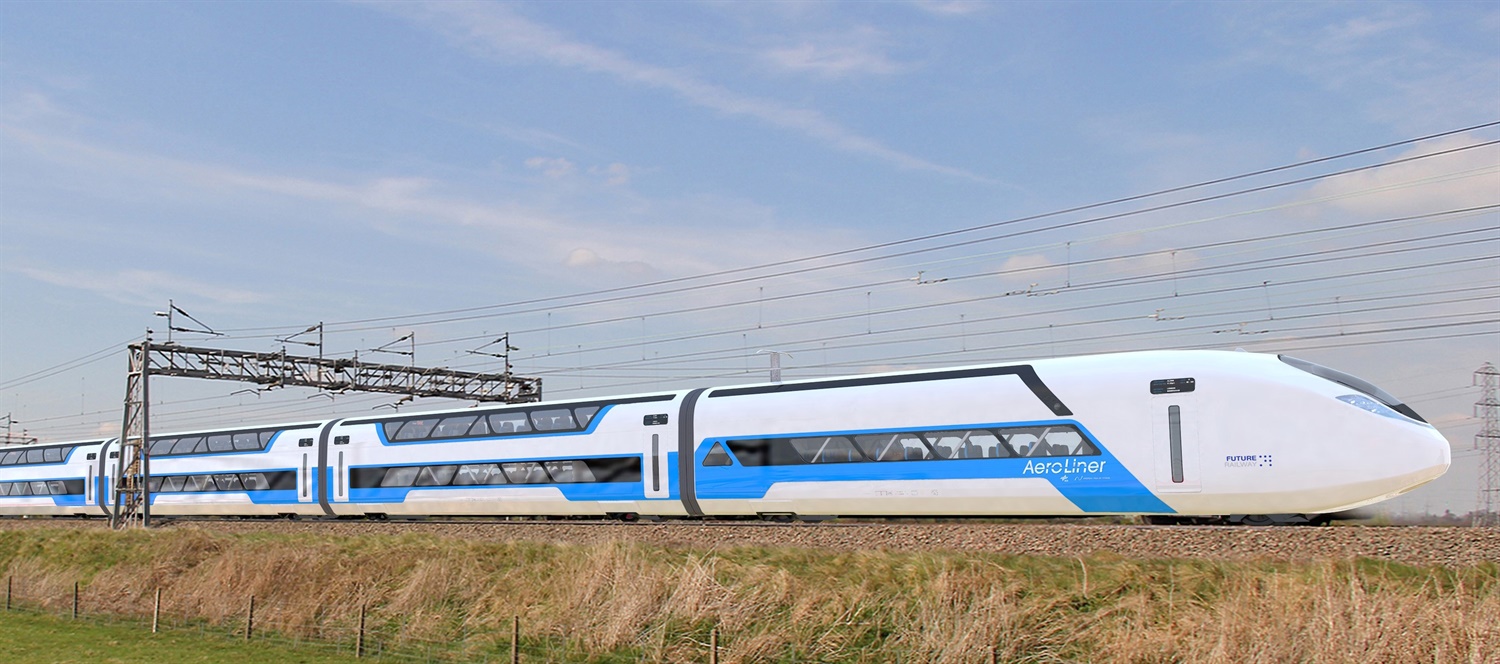27.03.15
Finalists selected in Tomorrow’s Train Design competition
Three finalists have been selected to receive a share of £2.2m funding as part of the Tomorrow’s Train Design competition.
The RSSB and FutureRailway Programme, in conjunction with the Department for Transport (DfT) and the Royal Institute of British Architects (RIBA), invited architects, engineers and designers worldwide to propose new design solutions to improve passenger rolling stock across the UK rail network.
The finalists are 42 Technology, based in Cambridgeshire; Andreas Vogler with the German Aerospace Center DLR, Germany; and Priestman Goode, London.
42 Technology’s entry is an ‘Adaptable Carriage’, a flexible-purpose carriage achieved through the automatic stowage and movement of seating. It includes a novel seat that can be used flexibly as a seat and perch, forward and rearward facing, as well as in a stowage position and a system for driving and controlling the movement in a safe and efficient manner.

Priestman Goode designed the Horizon train, which increases capacity and improves the passenger experience. The design includes a seating concept that can flex between peak and off peak periods to offer a standard seat during off peak to a commuter seat in peak hours, which allows greater capacity but also offers an enhanced environment with table, power and connections for working whilst in commuter mode.
The last finalist, Andreas Vogler, has come up with Aeroliner 3000, which follows the consequent application of lightweight thinking into the train world. The development of a combination of many singular elements concerning aerodynamics, locomotion, structure, interactive control systems and even passenger psychology will be orchestrated under the umbrella of a modern design and engineering culture informed by consequent lightweight thinking.

David Clarke, RSSB director of innovation, said: “The Tomorrow’s Train Design Today Competition produced some very high quality proposals which are targeted at improving the rail sector and help to achieve the goals of the Rail Technology Strategy.”
Forty-eight entries were initially received and a shortlist of 10 designs selected to further develop their schemes.
The 10 designs were selected in August 2014 and given until January this year to develop their schemes. The three finalists were selected following interviews with all shortlisted teams.
Tell us what you think – have your say below or email [email protected]